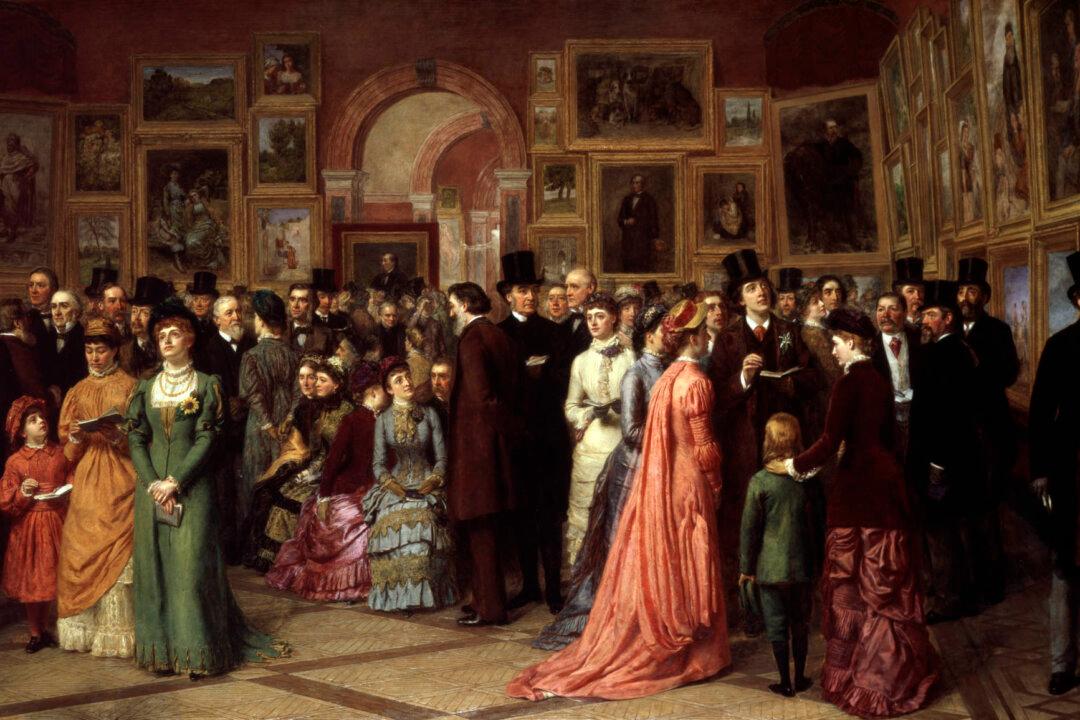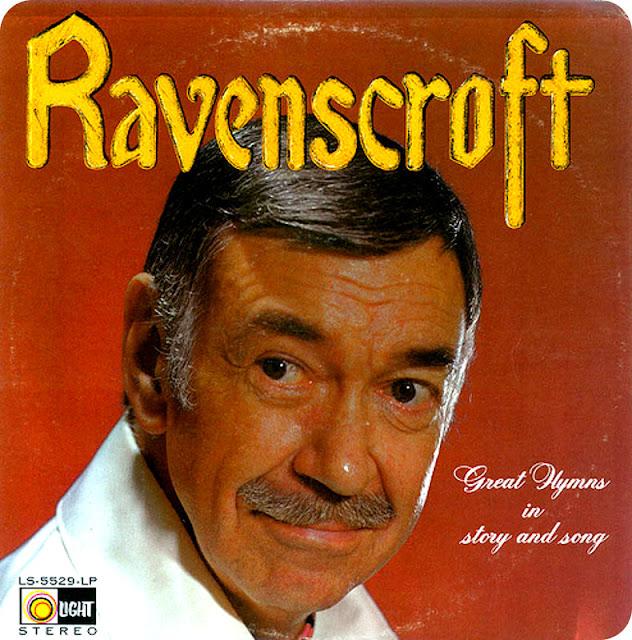With the Thanksgiving holiday approaching, some nowadays may be thinking of pumpkin pie, Macy’s Thanksgiving Day Parade, or football. But houses of worship honor the day or week with a longstanding and fairly standard repertoire of hymns.
These beloved songs, found in the hymnals of most Christian denominations around the world, can be categorized into three basic types. There are those that simply list the things for which we are thankful, those that admonish us to have a thankful attitude, and those that focus more on faith and God’s benevolence.






